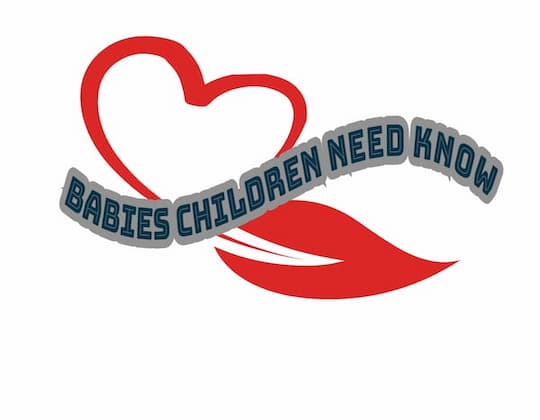babies born in cyst
A woman in Costa Rica gave birth to twin babies while in an ambulance and on the way to the hospital.
One of the twins was delivered stillborn, but the other one came out alive, though it was born into a polythene bag that was placed under her mother's legs during childbirth.
The mother said she had no idea that she was pregnant and began experiencing labor pains when she went out shopping with her daughter on Saturday evening, according to local media reports.
7 things you didn’t know about cysts
Cysts are normal, benign, fluid-filled sacs that grow on your kidneys, ovaries, or other parts of your body. Most are harmless and cause no pain or discomfort. But some types of cysts can be painful and uncomfortable—and require removal by a doctor.
Here’s what you need to know about these common growths.
- 1. You could have more than one cyst at a time.
- 2. Just because you call them cysts doesn’t mean they contain just fluid. In fact, they often contain hair follicles and sebaceous glands (the glands that make sebum).
- 3. A common type of kidney cyst is actually called an adenoma: About 10 percent of all people have an adenoma -- which means more than 30 million Americans will develop one at some point in their lives (according to Johns Hopkins Medicine). They're more prevalent in women over age 60 -- especially African-American women -- but anyone can get them, including men (who tend to get them less frequently than women).
- 4. Skin cysts like boils aren't true cysts. That's because boils aren't caused by issues with your immune system; instead, boils form when bacteria burrow into skin tissue after cuts or infections occur nearby.
- 5. Rarely, a large collection of blood known as a hematoma may form underneath your skin and burst through it into a soft mass that looks similar to a cauliflower. This kind of hematoma typically occurs when veins have been removed during surgery or accidentally injured in some way.
- 6. Seborrheic keratoses—those rough, brownish bumps commonly found on middle-aged faces and foreheads—are also not technically cysts, though many people use cysts to describe them anyway. These lesions are usually harmless and nothing to worry about (though if you do see a dermatologist for a diagnosis, she'll probably want to check if any cancerous cells were left behind after any hairs were shaved off around it).
- 7. There is such a thing as too much earwax. If you produce so much wax that it clogs up your ear canal, it can actually turn into a yellow-brown mushroom-shaped cyst within three months of being trapped there (losing hearing in that ear won't help either). If you suspect this might be happening to you, schedule an appointment with your doctor right away.
Several years ago my nephew was diagnosed with Microcephaly along with several other health problems.
Embryo carried to term in an adult's bladder
Surgeons recently reported a case where an embryo was successfully carried to term in an adult's bladder.
The condition, known as bladder exstrophy, affects about one in 2,000 newborns, and there are no ways to repair it. In adults with bladder exstrophy, doctors may place all or part of an embryo into their bladder to develop normally and later be surgically removed.
This method is now being used by infertility specialists around the world. .
3 possible outcomes
The woman develops a cyst on her fallopian tube, which is then infected.
The infection gets worse and spreads to other areas of her body causing meningitis and heart failure before she goes into labor.
 The woman's obstetrician noticed a small benign mass on one of her fallopian tubes during an ultrasound at 16 weeks pregnant.
She immediately started treatment with antibiotics to try and prevent it from growing larger or bursting.
Five days later, doctors rushed her into surgery when they discovered it had grown so large that it was putting pressure on her bladder (which eventually ruptured). While under anesthesia for that surgery, she went into labor naturally.
Doctors delivered via cesarean section, but when they cut open her bag-like membrane sack called a cyst, they discovered there were actually twins inside—each baby wrapped tightly around each of their own umbilical cords! The babies came out kicking (and breathing), perfectly healthy and well.
The risks of surgery during pregnancy
As with any surgery, complications can arise during cesarean births.
Bleeding and blood clots are two of the most common risks, according to a 2005 study by researchers at Johns Hopkins University.
Other risks include rupture of an amniotic sac (the fluid-filled sac that protects the baby), retained placenta (when placenta tissue does not detach from the uterine wall after birth), heavy bleeding after birth, injury to organs or tissue, heart failure, and pneumonia.


Comments
Post a Comment